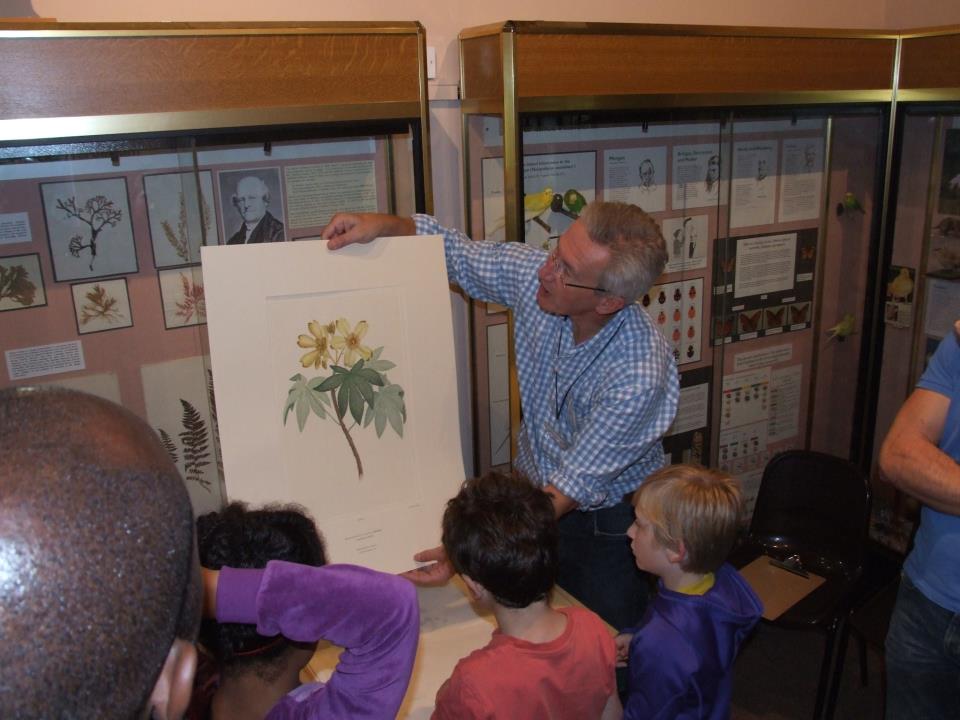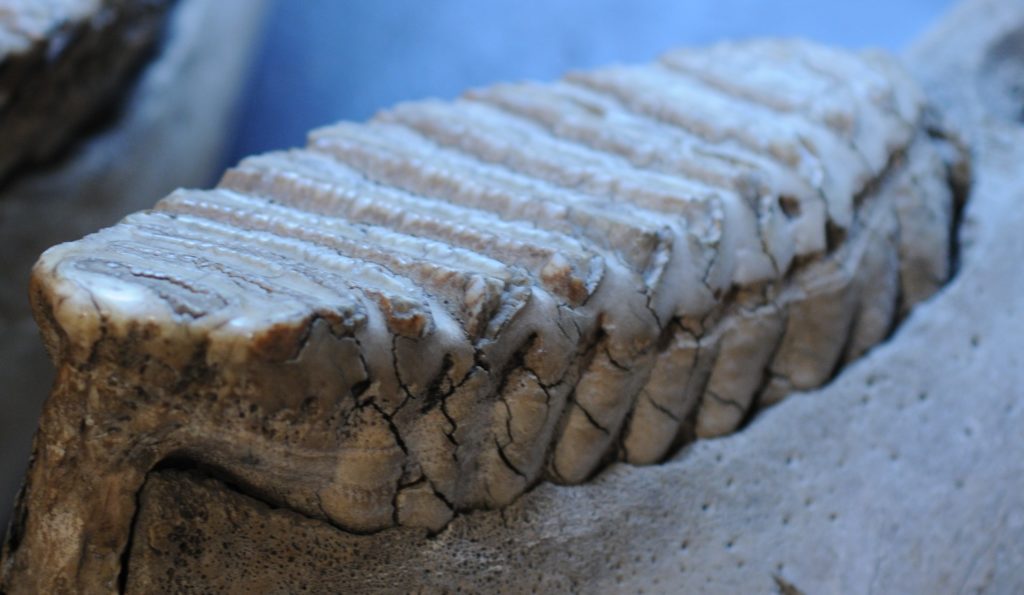Katie the Museum Intern tells us about the Family Learning Event on the 29th September …
Have you ever heard of a squirting cucumber? Or seen a Florilegium? Families from the local community got up close to both of these as we took them to Australia and back in our September Family Learning Event.
These workshops were inspired by the great voyages of discovery made by Sir Joseph Banks, a former school boy at Eton. He displayed a great love of botany, preferring to roam the countryside rather than do his schoolwork. Throughout the day, we were following in the footsteps of Banks on his voyage aboard the Endeavour. Banks journeyed to new unexplored lands, encountering kangaroos and plant species that were completely new to science.
Activity trails in the museum involved drawing a kangaroo from just the skeleton and choosing things to take with you on your own voyage (hard to do if you can only take five things). We also learnt how Banks’ discoveries made him so famous that he was featured on the Australian $5 banknote! Everyone had a go at drawing their own banknote with their picture and what they would like to be famous for; mine had a picture of the Eton NHM on it with the butterfly specimens I am going to try and repair.
A volume of Banks’ Florilegium was displayed, which features prints of the beautiful artwork that Sydney Parkinson produced to illustrate the plants collected by Banks and the Swedish scientist Daniel Solander. There was a great atmosphere in the room when everyone was crowding round the huge book and marvelling at the wonderful pictures of exotic trees and flowers.

George the Curator holding up a print from the Florilegium. More of these prints can be seen hanging on the walls of the NHM and are the work of the artist Sydney Parkinson, who died during the voyage.
This workshop was made possible thanks to the Clewer Cluster Extended Schools Programme. It was a fascinating day and great fun for everyone involved; although I had never heard of a squirting cucumber before, I had seen a picture of a Coco de Mer seed – but nothing can really compare to being able to examine it up close. I also had no idea that so many of the plants that you find in the average garden were discovered and brought to this country by Sir Joseph Banks.



